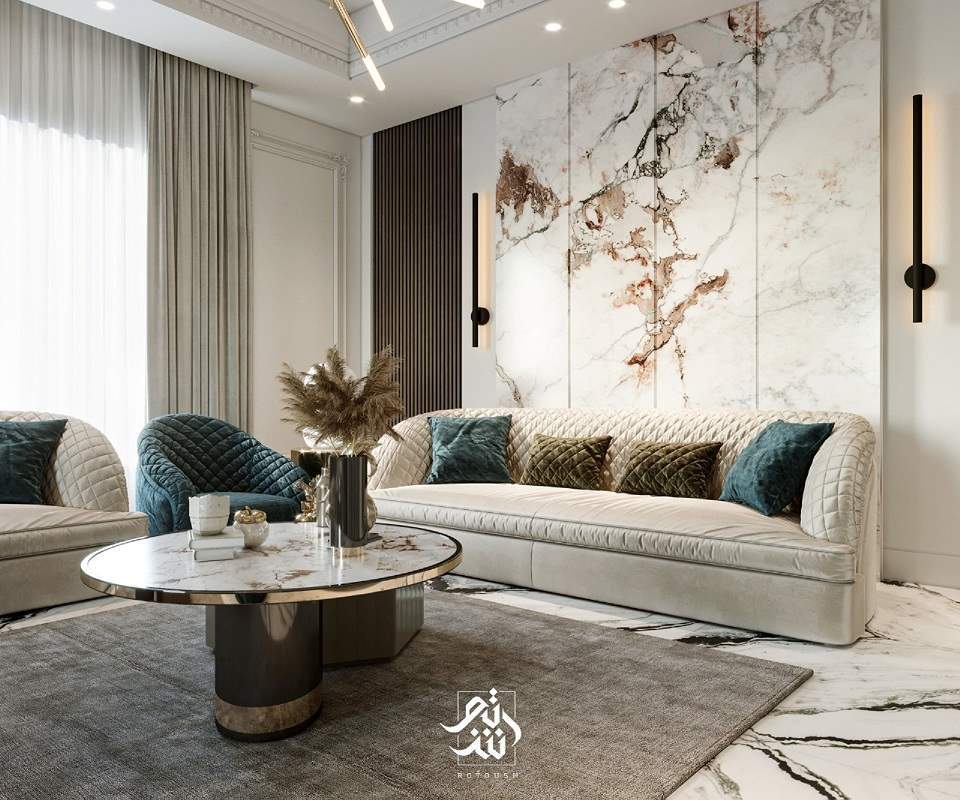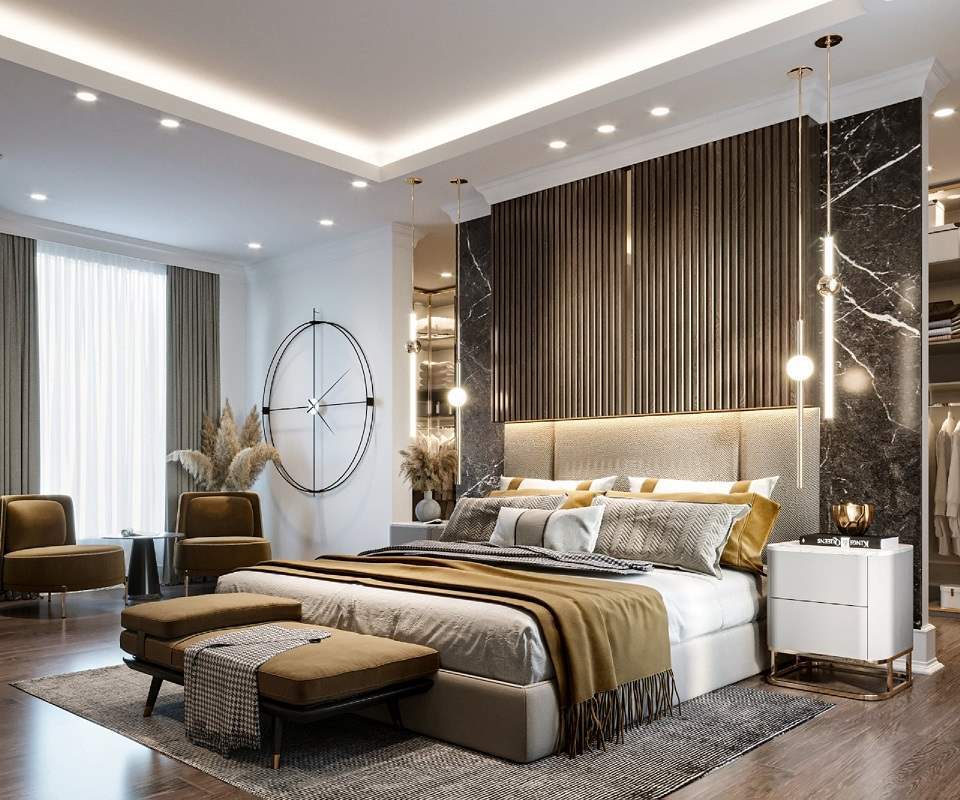AMMAN —
When Hayyan Hijazi graduated with a degree in architectural engineering in
2018, he noticed that architects and interior designers were not able to use
rendering as well as the field required.
اضافة اعلان
 Hayyan Hijazi, cofounder of Rotoush, an interior design studio. (Photo: Ghaith Al-Bahri)
Hayyan Hijazi, cofounder of Rotoush, an interior design studio. (Photo: Ghaith Al-Bahri)
This
would lead the engineer to cofound his own studio, called
Rotoush.
“I
noticed that they (studios) were paying highly skilled external companies to render
work for them,” Hijazi said in an interview with
Jordan News.
Hijazi had
taken courses in rendering and obtained three accredited certificates in the
field. “As soon as I completed the courses, I posted my portfolio and CV on all
the social media platforms and was surprised by the interest from engineering
companies, most of which were affiliated with interior design,” he said.
 A collection of interior design renderings from Rotoush
studio. (Photos: Handouts from Rotoush)
A collection of interior design renderings from Rotoush
studio. (Photos: Handouts from Rotoush)
The
architectural engineer went on to work with an interior design company, where his interest in the field increased, “because of its many details and the
ability to be more creative than in architectural design,” he said.
Then in
2020, Hijazi received a phone call from a fellow engineer who had been following
his work for a while. The engineer said that he had been thinking of opening
his own interior design company one day, but that he was finding it difficult
to find the right person who could understand him and help him set up the company.
“He told
me that he wanted me to help him with establishing and developing the company,”
Hijazi said. “I left my last job, and he opened the company. Everyone had their
role and contributed effectively to the development of the company. I was the
designer and my colleague was the engineer in charge of implementation.”
The
company opened at the beginning of 2020, and immediately found that there was a
need in the market.
Rotoush booked
three to four projects per month for 9 months, which has continued until today.
“When I
began my work in the field outside the company, I received two projects a
month, as the design alone required about two weeks, but with practice, it now
takes one week to design an entire project,” he said.
The size
of the project plays a role in whether a design takes two days or two weeks. “One
of the projects that I worked on was called Solace, and I got the artist of the
month on the Archviz community, a prominent site in our field,” Hijazi said.
 A collection of interior design renderings from Rotoush
studio. (Photos: Handouts from Rotoush)
A collection of interior design renderings from Rotoush
studio. (Photos: Handouts from Rotoush)
“For
example, if the project is a villa, it will need a week to design, and if it is
a commercial project such as a cafe, it will need three to four days to work on
the entire design.”
At
Rotoush, a design needs about a week of work that involves personally going to
see the site, designing, modifying, and communicating with the customer to
translate his demands, then two to three weeks for implementation.
If the project
requires finishes such as painting, tiling, furniture detailing, etc., it may
require up to five weeks of work depending on the size of the project.
Hijazi
emphasized: “Sometimes I may encounter problems translating customer demands
because many factors affect the design process. For example, the customer may
come up with many beautiful and expensive ideas without knowing that his budget
is between low and medium. Therefore, to reduce the budget, I may have to
reduce the design to match the client’s budget.”
 A collection of interior design renderings from Rotoush
studio. (Photos: Handouts from Rotoush)
A collection of interior design renderings from Rotoush
studio. (Photos: Handouts from Rotoush)
Another issue
that Hijazi often sees is customers that are undecided about what they want. Hijazi’s
role as a designer is to control these pressures without letting them impact
the progress of other projects.
“Yes, I
faced difficult projects with challenges, such as the lack of sufficient space
to design within the client’s desired style, where his requests were
unrealistic. The challenge was to achieve a result that satisfied the customer
and his recommendations, considering the challenges,” Hijazi said.
He added:
“Our work has been negatively and positively affected by COVID-19. Negatively
because of the economic conditions; positively, the field of interior design
has been very popular during COVID-19, because many people spent a long time at
home, and they noticed the details in their homes.”
Social
media platforms have also made it easier for people to connect with different
design companies, he said.
“Our
plans are for our designs to be unique and unprecedented, and for Rotoush
studios to have a footprint. … and to be able to implement these designs as
soon as possible and with fewer problems,” Hijazi said.
Read more



